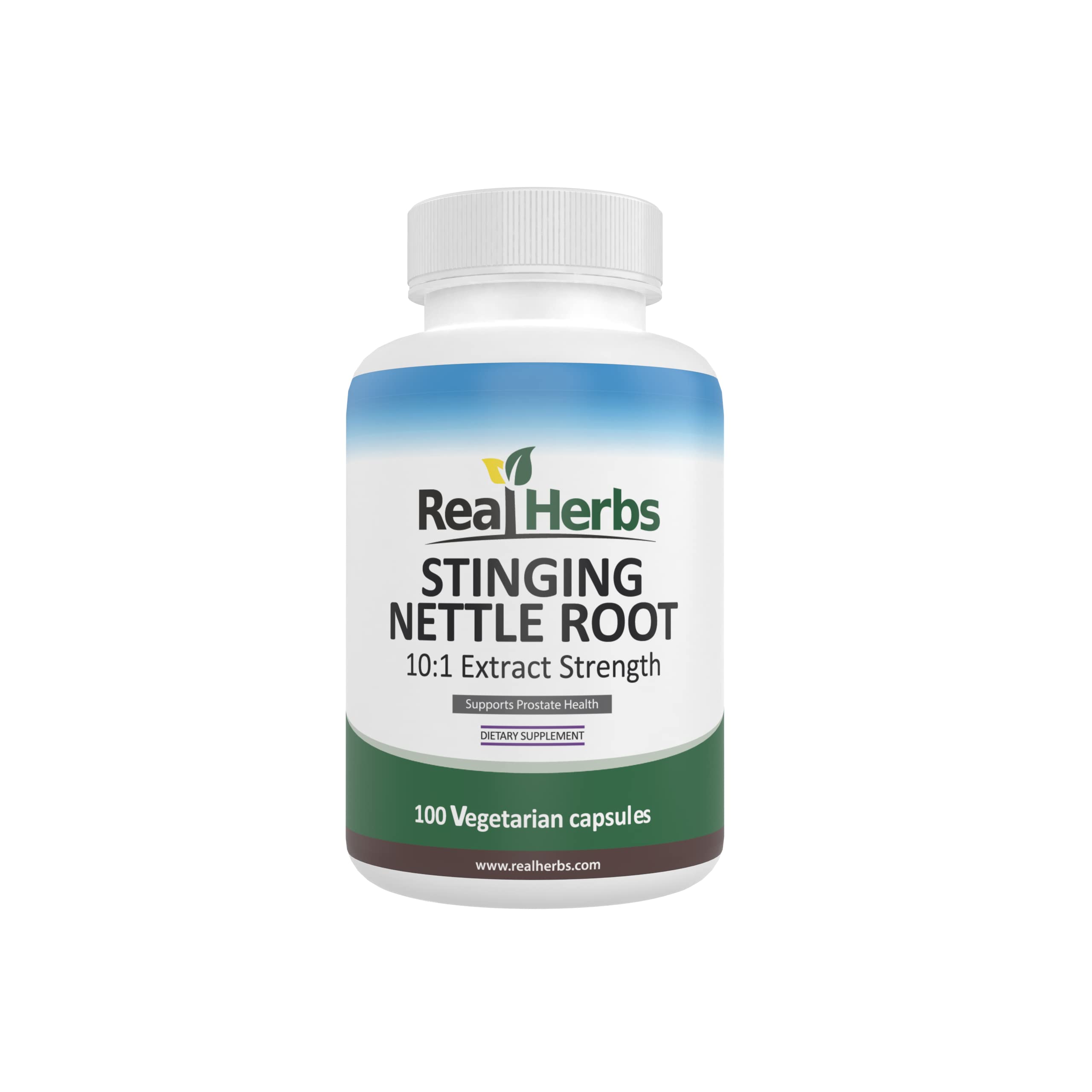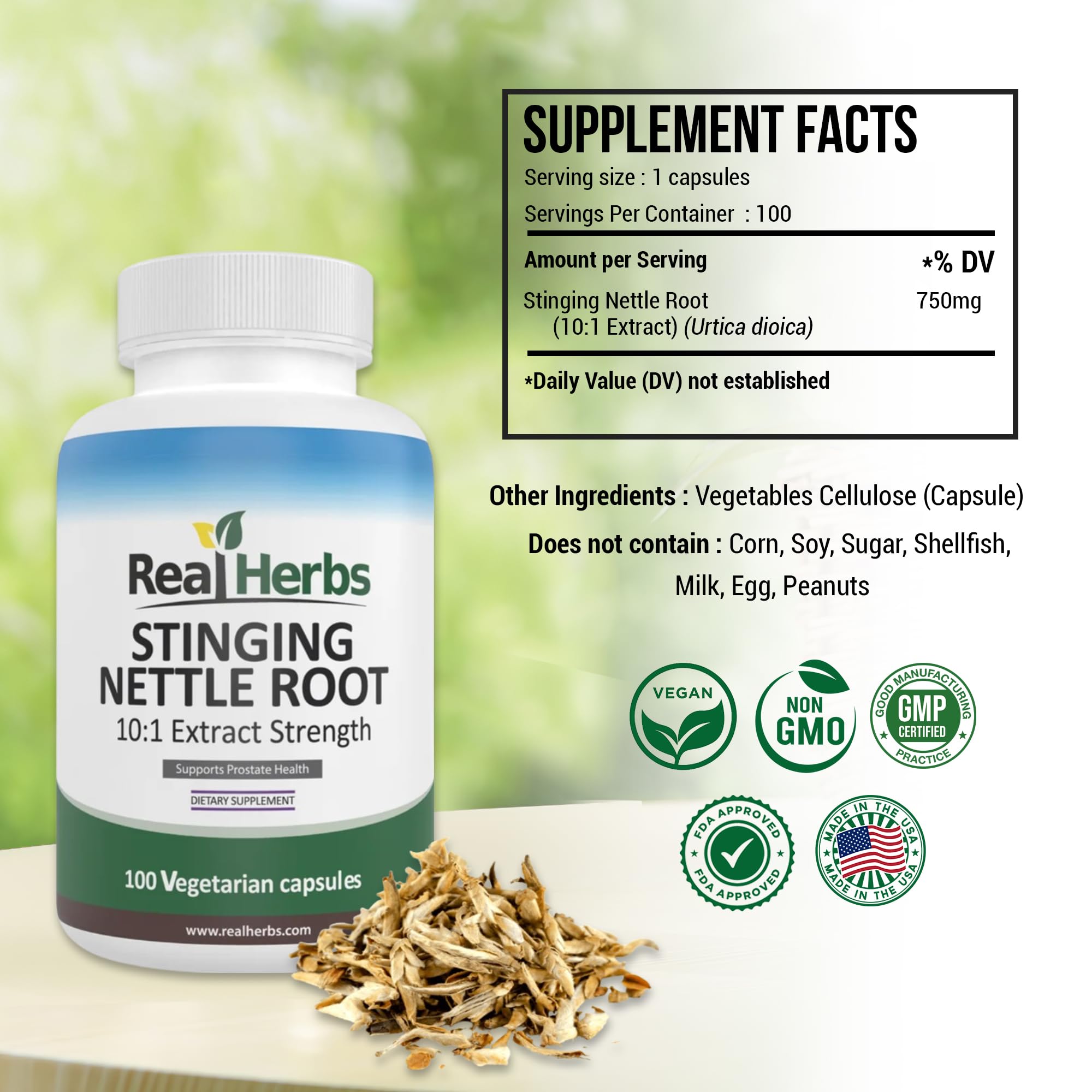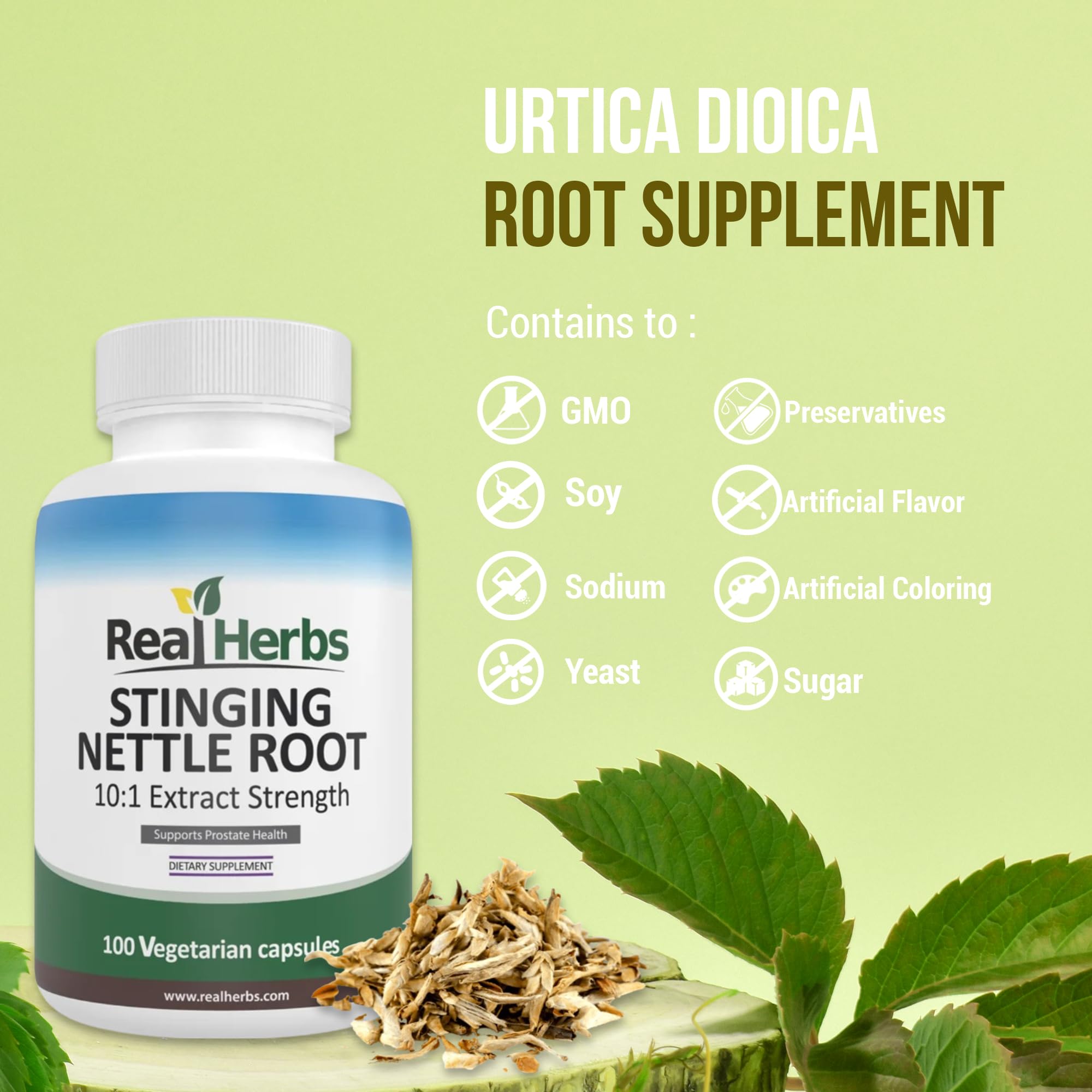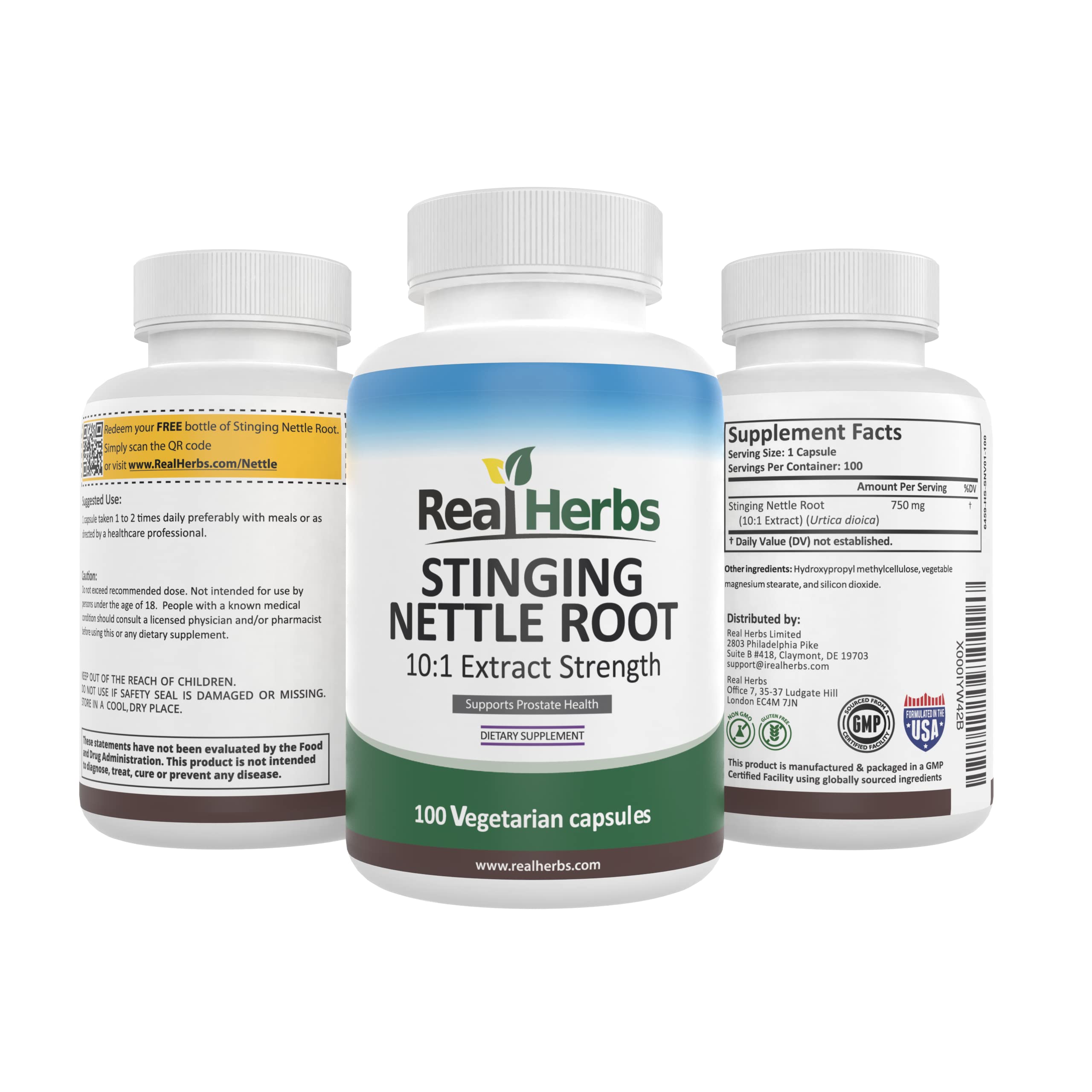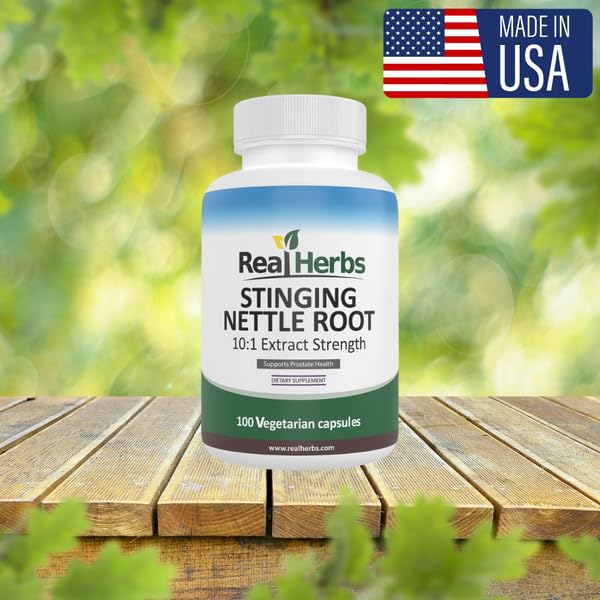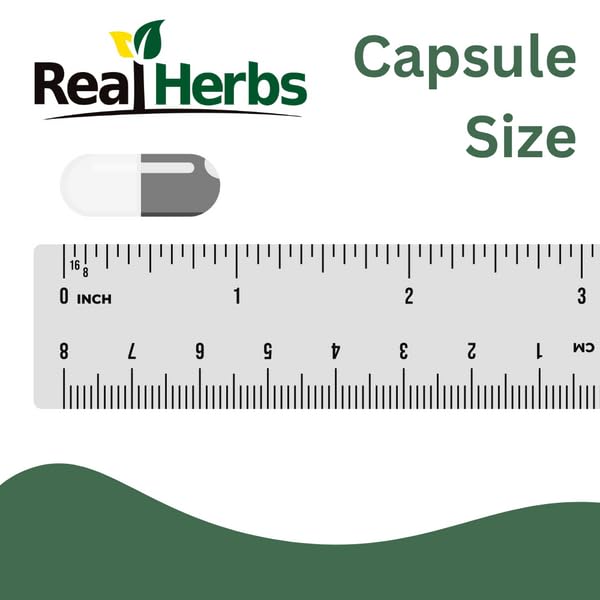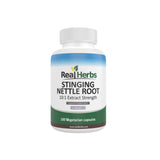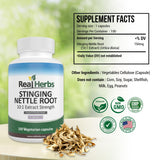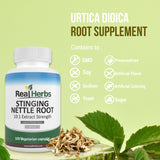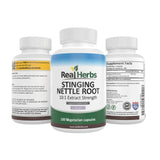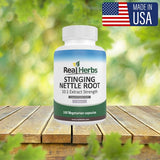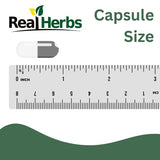From Ancient Remedy to Modern Supplement: The History of Stinging Nettle Root
From Ancient Remedy to Modern Supplement: The History of Stinging Nettle Root
Tracing the path of Stinging Nettle Root from folk medicine to scientifically validated prostate support.
An Herb with a Two-Millennium Legacy
The history of the Stinging Nettle (*Urtica dioica*) is as rich and complex as the botanical itself. Known for its deceptively innocent appearance that conceals a powerful sting, Nettle has transitioned through human history not just as a pesky weed, but as a valued source of food, fiber, and potent medicine. However, the use of the Stinging Nettle Root—the subterranean powerhouse now primarily celebrated for prostate health and hormone support—tells a distinct, scientifically pivotal story.
From the soldiers of Caesar's legions to modern urologists, the journey of Nettle Root illustrates how persistent folk wisdom can eventually meet rigorous modern science. This article traces the fascinating evolution of Stinging Nettle Root from an ancient cure-all to a highly targeted, scientifically validated supplement, offering the ultimate guide to its history.

Classical Antiquity and the Era of the Leaf
Early records of Nettle use focused almost exclusively on the aerial parts (leaves and stems), often leveraging the plant’s nutritional and highly active compounds:
- The Roman Connection (Urtication): Perhaps the most dramatic early use, urtication, involved deliberately striking the skin with fresh nettle branches. Roman soldiers reputedly used this stinging technique to treat rheumatism, arthritis, and fatigue, believing the counter-irritant effect would stimulate blood flow and warm the body in cold climates [6]. This practice, though painful, highlights the long-held belief in Nettle’s anti-inflammatory properties.
- Greek Physicians and Diuretic Use: Physicians like Dioscorides and Hippocrates recorded Nettle's uses as a diuretic, believing it could cleanse the system and treat ailments like kidney stones and urinary retention [6]. This early recognition of its diuretic effect is a foundational use that persists in modern applications.
- Early Nutritional Staple: Nettle's leaves were widely consumed as a spring tonic, prized for their high concentrations of iron, Vitamin C, and other essential nutrients, aiding in the treatment of conditions like scurvy and anemia [1, 2].
During this era, the root was acknowledged but mostly overshadowed by the readily accessible and potent leaf and the dramatic effects of the sting. It was primarily seen as an extension of the leaf's tonic and diuretic properties.
Medieval Herbalism and the Shift to Deeper Tonics
The Middle Ages saw Nettle cemented in European herbal traditions as a versatile, everyday tonic. Herbalists began to differentiate between the quick, cleansing action of the leaves and the more stabilizing effects required of the root:
- General Tonics: Medieval texts frequently recommended Nettle preparations for general vitality, respiratory issues, and internal bleeding, often leveraging its astringent properties [6].
- The Root Emerges: As herbalists observed the plant's life cycle, the deep, woody root—harvested in the dormant season—was perceived as holding the plant's concentrated, long-term power. It began to be specifically utilized for chronic, deep-seated issues like tuberculosis and lingering internal ailments, suggesting a deeper affinity for chronic organ support [1, 6].
However, despite its growing acceptance, a scientifically verifiable mechanism for the root's distinct action remained elusive until the late 20th century.
The Pivotal 20th Century: BPH and Mechanistic Discovery
The true elevation of Stinging Nettle Root as a modern medical supplement began in post-war Europe, specifically in Germany and France, where research into Benign Prostatic Hyperplasia (BPH) intensified. BPH—the non-cancerous enlargement of the prostate—became a massive area of focus as life expectancy increased.
- Early Clinical Trials (1970s–1980s): European researchers started testing Nettle Root extracts on men with BPH symptoms (LUTS). Initial results were highly encouraging, showing significant improvements in urinary flow rates and reductions in nocturnal urination compared to placebo [8]. This practical efficacy established Nettle Root as a leading phytotherapy for BPH.
- Unraveling the Mechanism (1990s): The critical turning point came with research aimed at identifying how the root worked, since its effect was clearly distinct from the leaf. Studies isolated specific compounds—notably lignans (such as (-)-3,4-divanillyltetrahydrofuran) and phytosterols—that were highly concentrated in the root [10].
- SHBG and Free Testosterone: Key laboratory research revealed that these lignans possessed an exceptional ability to bind to Sex Hormone Binding Globulin (SHBG) [3]. SHBG normally binds to testosterone, rendering it inactive. By binding to SHBG itself, Nettle Root effectively "frees up" more testosterone for the body to use, supporting overall hormonal balance and vitality [9, 11].
- Anti-Proliferative and Enzyme Effects: Further mechanistic studies showed that root extracts could inhibit the Na+,K+-ATPase enzyme activity within prostate cells [4] and possess anti-proliferative effects, preventing the excessive growth of prostate tissue [5].
This period transformed Nettle Root from a simple diuretic to a medically defined modulator of the endocrine and glandular systems, distinguishing it definitively from the leaf [10].
The Modern Supplement: Purity, Standardization, and Future
Today, Stinging Nettle Root is valued not just for its traditional use but for its pharmacological specificity. The emphasis has shifted entirely to standardized extracts to ensure efficacy and consistency:
- Standardization: Modern supplements often specify the concentration of the extract (e.g., 10:1 extract), ensuring the precise delivery of active compounds like lignans and sterols, crucial for consistent hormonal and prostate effects [10]. Clinical trials have widely adopted these standardized extracts for reliability [7, 8].
- Holistic Support: While its primary role is in prostate health, ongoing research continues to explore its systemic benefits, including its potent anti-inflammatory profile [9], which contributes to metabolic health [6] and overall vitality, far beyond the initial Roman applications.
- Safety Profile: Regulatory reviews confirm that Nettle Root, when processed into standardized extracts, maintains a favorable safety profile, although users should still be mindful of its interactions, particularly its mild diuretic effect [11].
Conclusion: The Enduring Power of the Root
The history of Stinging Nettle Root is a clear narrative of progression: from a simple diuretic in ancient texts to a staple BPH treatment in 20th-century European clinics, and finally, to a scientifically validated supplement for modern prostate and hormonal health. The power of the Stinging Nettle Root lies in its unique concentration of specialized compounds, such as lignans, which were finally understood in the laboratory after centuries of traditional use. By understanding this rich history, consumers can appreciate that their modern supplement embodies both the enduring wisdom of our ancestors and the precise mechanisms revealed by modern science, making it an ideal choice for proactive wellness.
Harness the Historical Power of Stinging Nettle Root
To utilize the natural, time-tested power of the root celebrated throughout history for prostate and hormonal health, choose a trusted, high-quality supplement.
Who it helps: Men seeking natural support for BPH, improved urinary flow, and balanced free testosterone levels, supported by centuries of use and decades of clinical study.
Why it’s safe/trusted: Our Stinging Nettle Root Extract is carefully sourced and processed for optimal concentration of active lignans, bridging ancient wisdom with modern scientific standards.
All our products are backed by our 100-Day Money-Back Guarantee!
"Learning the history behind this herb is fantastic. I feel confident using a supplement with such a proven track record." - George K.
"I was skeptical, but the research and long history convinced me. My urinary symptoms have definitely improved." - Michael T.
Disclaimer: The information provided in this article is for educational purposes only and is not intended as medical advice. Always consult with a qualified healthcare professional before making any decisions about your health or starting any new supplement regimen. These statements have not been evaluated by the Food and Drug Administration. This product is not intended to diagnose, treat, cure, or prevent any disease.
Scientific Credibility & Citations
- Bhusal KK, et al. Nutritional and pharmacological importance of stinging nettle (Urtica dioica L.): A review. *Heliyon*. 2022. PMID: 35800714
- Devkota HP, et al. Stinging Nettle (Urtica dioica L.): Nutritional Composition ... *PMC*. 2022. PMC9413031
- Schöttner M, et al. Lignans from the roots of Urtica dioica and their metabolites bind to human sex hormone binding globulin (SHBG). *Planta Med*. 1997. PMID: 9434605 (In-vitro study)
- Hirano T, et al. Effects of stinging nettle root extracts and their steroidal components on the Na⁺,K⁺‑ATPase of the benign prostatic hyperplasia. *Planta Med*. 1994. PMID: 7510891 (Mechanistic study)
- Lichius JJ, et al. The inhibiting effects of Urtica dioica root extracts on experimentally induced prostatic hyperplasia in the mouse. *Planta Med*. 1997. PMID: 9270373 (Animal study)
- Dhouibi R, et al. Screening of pharmacological uses of Urtica dioica and others benefits. *Prog Biophys Mol Biol*. 2020. PMID: 31163183 (Review)
- Schneider T, et al. Stinging nettle root extract (Bazoton-uno) in long term treatment of benign prostatic syndrome (BPS). *Urologe A*. 2004. PMID: 15045190 (Human RCT)
- Ghorbanibirgani A, et al. The Efficacy of Stinging Nettle (Urtica dioica) in Patients... *Iran Red Cres Med J*. 2013. PMC3589769 (Human RCT)
- Johnson TA, et al. Lipophilic stinging nettle extracts possess potent anti-inflammatory... *Phytomedicine*. 2012. PMC3529973 (Mechanistic study)
- Martz F. Stinging Nettle (Urtica dioica) Roots: The Power Underground. *Plants (Basel)*. 2025. PMC11768490 (Root-focused review)
- NLM Bookshelf. Stinging Nettle — LiverTox. 2023. NBK589898 (Safety review)
- Taheri Y, et al. Urtica dioica-Derived Phytochemicals for Pharmacological ... *PMC*. 2022. PMC8894011 (Review)

